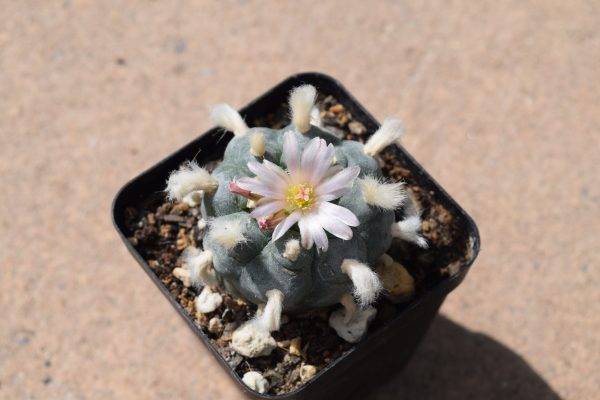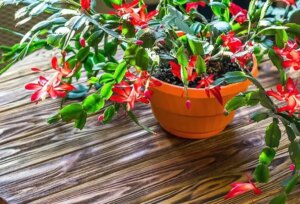Growing a Peyote cactus (Lophophora williamsii) can be a fascinating endeavor, merging botany with a touch of the mystical. As a succulent native to the arid terrains of Mexico and the southwestern United States, it has garnered significant attention for its unique characteristics—not just aesthetically, but also for its historical usage among Indigenous peoples. However, cultivating this enigmatic plant requires a responsible approach, particularly in today’s legal landscape. Here, we’ll explore how to nurture your Peyote cactus from seed to maturity while honoring ethical considerations.
Before embarking on this journey, it’s essential to recognize the legal context surrounding Peyote cultivation. In the United States, for example, while it’s legal to grow Peyote for ornamental purposes, the harvesting and consumption of Peyote for its psychoactive properties are strictly regulated. Becoming informed about your local laws and understanding the cultural significance behind Peyote is detrimental to responsible cultivation.
Understanding the Ecological Essence of Peyote
This remarkable cactus encapsulates centuries of cultural heritage. To grow it effectively, one must first understand its natural habitat—arid yet hospitable to specific flora.
Climate and Soil Preferences
Peyote thrives in well-drained, sandy soil, enriched with organic material. Mimicking its native environment is crucial for its survival. A potting mix that includes perlite, coarse sand, and a bit of peat moss is optimal. This blend not only provides the drainage Peyote craves but also inhibits root rot, a common menace among succulent enthusiasts.
Temperature and Light Requirements
When selecting a location for your Peyote cactus, consider temperature ranges. Ideally, the daytime temperature should linger between 70°F to 90°F while nighttime temperatures may drop to around 50°F. Sunlight exposition is equally paramount; a south-facing window or a dedicated grow light can suffice. Protect your plant from direct, scorching sun, which can lead to sunburn on its delicate exterior. Indirect sunlight for several hours daily combined with occasionally full sun can create a balanced light environment.
Watering Practices and Nutritional Needs
One of the most common pitfalls in cactus care is the dreadful overwatering mistake. Establish a watering routine that aligns with the seasons; during the active growing season in spring and summer, water every two to three weeks, allowing the soil to dry thoroughly between sessions. During the winter dormant phase, much less moisture is necessary.
Peyote generally thrives without heavy fertilization; however, a dilute cactus-specific fertilizer applied once a month during the growing season can aid its development. Just a touch goes a long way.
Nurturing Seeds and Offsets: The Art of Propagation
Propagation is a deeply rewarding aspect of Peyote cultivation; however, it’s not without challenges. While growing from seeds involves patience, offsets provide a more immediate gratification.
Starting from Seeds
To grow Peyote from seeds, sow them in a mixture of sterilized cactus soil. You’ll want to create a miniature greenhouse effect to maintain humidity. Cover the pot with plastic wrap or a glass lid until germination occurs, which can take several weeks. Maintain a warm environment, around 70°F to 85°F, to coax the seeds to sprout. Once seedlings appear, gradually harden them off by exposing them to drier air and direct sunlight in a controlled manner.
Offsets and Pups
If you have a mature Peyote, consider dividing it to create new plants. Offsets, or “pups,” form around the base of the adult cactus and can be removed once they’ve established roots. Using a sterile knife, gently cut the pup from the mother plant, allowing it to callous over for a couple of days before planting it in a separate pot with the same ideal soil mix.
Ethical Considerations in Peyote Cultivation
As the allure of Peyote grows, so too does the responsibility attached to its cultivation.
Respecting Indigenous Cultures and Traditions
Understanding the historical significance of Peyote is paramount. It has been used for millennia in ceremonial contexts among Indigenous peoples, not merely as a psychoactive substance but as a conduit for deeper spiritual insights. Cultivators must regard these traditions with respect, ensuring their practices do not infringe upon the sacredness of its use.
Sustainability and Conservation
In a world increasingly aware of environmental impacts, cultivating Peyote should also align with sustainability principles. Growing from seeds or offsets—rather than sourcing wild plants—promotes conservation efforts. Being a steward of nature means prioritizing ecological sustainability over consumer demand.
Conclusion: A Profound Journey of Reflection
Embarking on the journey of growing a Peyote cactus can lead to a profound shift in perspective. The process offers not just a horticultural challenge but an opportunity for introspection and respect towards an ancient culture.
Through careful attention to its needs and ethical considerations, you’ll find joy not only in the growth of your cactus but in understanding its role in the tapestry of life. As you nurture your Peyote, it may indeed nurture you back—fostering curiosity not just about the plant itself, but the intersection of nature, culture, and consciousness in our shared world. With these principles in mind, your experience with Peyote can be both rewarding and enlightening.





Leave a Comment